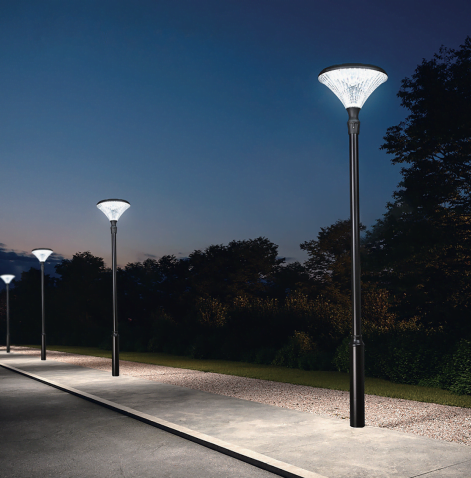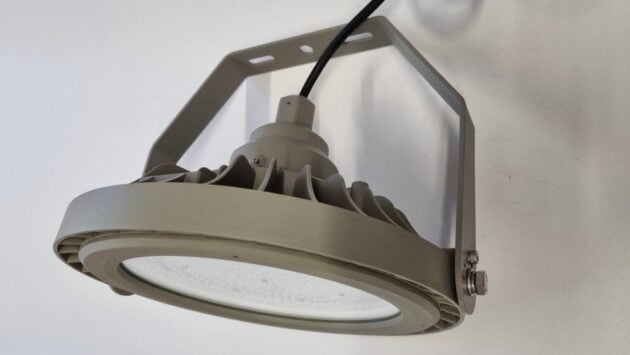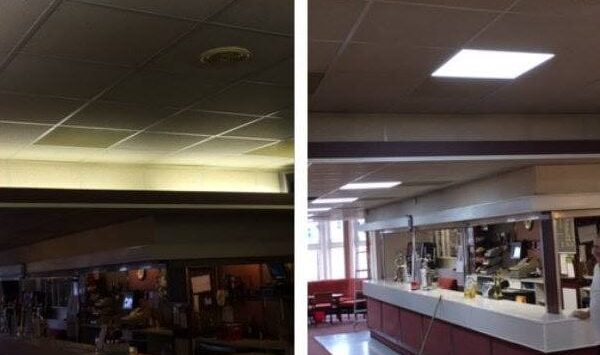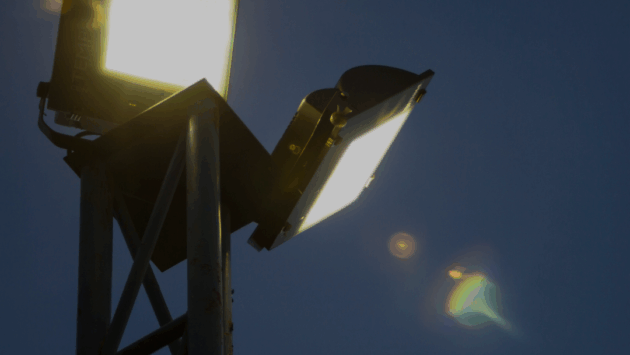Shedding Light on LED vs. Regular Bulbs: Which Shines Brighter?
In the world of lighting, the debate between LED (Light Emitting Diode) and regular incandescent or fluorescent bulbs has been illuminating discussions for years. Both have their pros and cons, but when it comes to brightness and overall quality of light, are LED lights truly superior? Let’s delve into this enlightening topic and shed some light on whether LED lights shine brighter and better than regular bulbs.
First, let’s shed some light on the basics. Traditional incandescent bulbs, which have been around for over a century, work by passing electricity through a filament, heating it up until it produces light. On the other hand, LED lights utilise semiconductor technology to emit light when an electrical current passes through them. This fundamental difference in technology sets the stage for the comparison.
Brightness is often a primary consideration when choosing lighting options. LED lights are renowned for their brightness despite consuming less energy compared to traditional bulbs. This is because LED lights convert more of the electricity they consume into light rather than heat, which is dissipated in incandescent bulbs. As a result, LED lights can produce the same amount of brightness as traditional bulbs while using significantly less energy, making them more energy-efficient and cost-effective in the long run.
Moreover, LED lights offer superior brightness consistency and longevity compared to regular bulbs. Traditional bulbs tend to dim over time as the filament deteriorates with use, whereas LED lights maintain their brightness levels for much longer. In fact, LED lights have an impressive lifespan of up to 25,000 to 50,000 hours, significantly outlasting incandescent bulbs, which typically last around 1,000 hours. This longevity not only reduces the frequency of bulb replacements but also contributes to lower maintenance costs and less environmental impact from discarded bulbs.
Another aspect where LED lights shine brighter is in their versatility and adaptability. LED technology allows for greater control over the colour temperature and brightness of light, offering a wider range of options to suit different preferences and applications. Whether you prefer warm, soft lighting for cosy ambiance or bright, cool lighting for task-oriented spaces, LED lights can be tailored to meet your needs.
Furthermore, LED lights are inherently safer and more environmentally friendly than traditional bulbs. Unlike incandescent bulbs, which contain hazardous materials such as mercury, LED lights are free of toxic substances, making them safer for both human health and the environment. Additionally, LED lights do not emit UV radiation or generate as much heat as incandescent bulbs, reducing the risk of burns and fire hazards.
While LED lights may have a higher upfront cost compared to traditional bulbs, the long-term benefits far outweigh the initial investment. From energy efficiency and longevity to brightness control and environmental sustainability, LED lights shine brighter and better than regular bulbs in virtually every aspect. As technology continues to advance, LED lighting solutions will undoubtedly continue to illuminate our world with efficiency, innovation, and brilliance.




